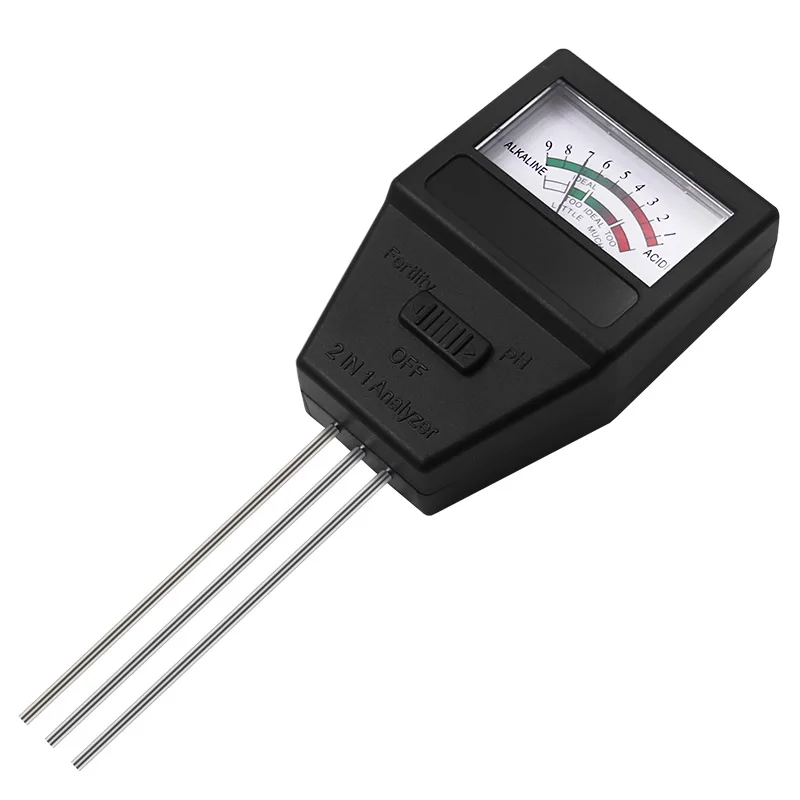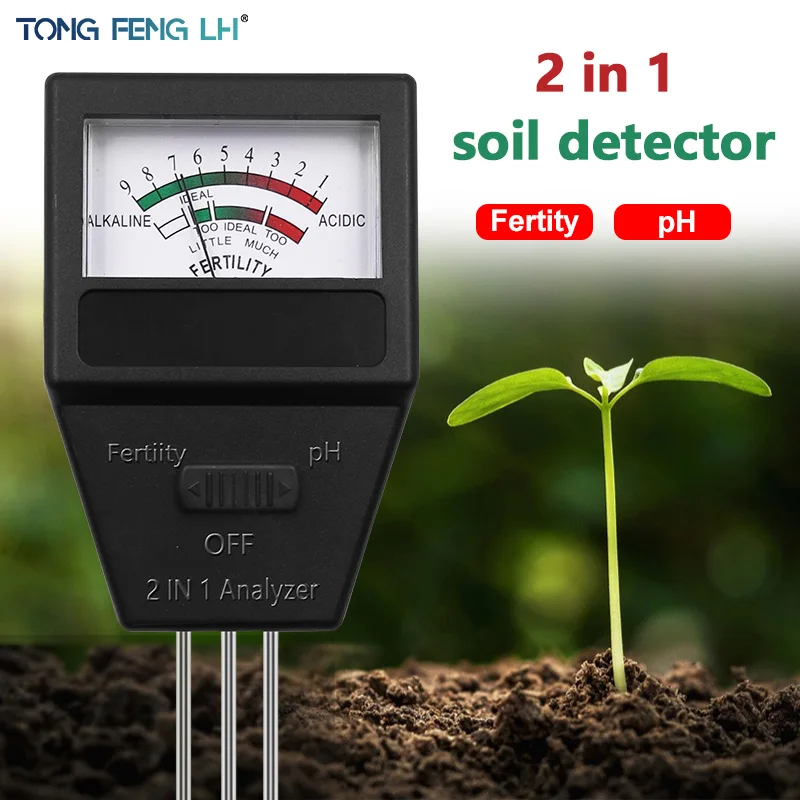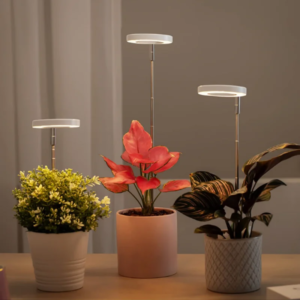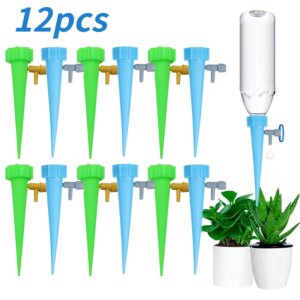





Price: 2.66 - 0.99
Note:
1. Avoid touching stones; do not insert with too much force; clean the electrode in time after using; never immerse into water for testing.
2. Do not insert into soil for long time to avoid damage.
3. Size and color may be slightly different due to manual measurement and different light conditions. Thanks for understanding.
Fertility Testing:
1. First remove about 5 cm of topsoil, then mash the soil down to a depth of 13cm and clean any organic impurities that could affect test results in the soil, such as leaves, roots, etc.
2. Moisten the soil with water before testing.
3. Clean the probes with wipe or tissue.
4. Select the fertility testing mode.
5. Insert the electrode (above 60mm) into soil, wait for about 10s and read the value.
6. Record data. Remove the tester from the soil, clean and dry the probes.
PH Testing:
1. First remove about 5 cm of topsoil, then mash the soil down to a depth of 13cm and clean any organic impurities that could affect test results in the soil, such as leaves, roots, etc.
2. Moisten the soil with water before testing (better use rainwater or distilled water).
3. Select the PH testing mode.
4. Moisten 3 probes and clean the right probe with wipe or tissue.
5. Insert the whole electrode into soil, wait for about 1 minute and read the value.
6. Record data. Remove the tester from the soil, clean and dry the probes.
The criteria for judging the results of the analysis are as follows
(TOO LITTLE)
Nitrogen is less than 50 ppm
Phosphorus is less than 4 ppm
Less than 50 ppm of potassium
(IDEAL)
50-200 ppm
4-14 ppm
50-200 ppm
(TOO MUCH)
More than 200 ppm
More than 14 ppm
More than 200 ppm















Reviews
There are no reviews yet.